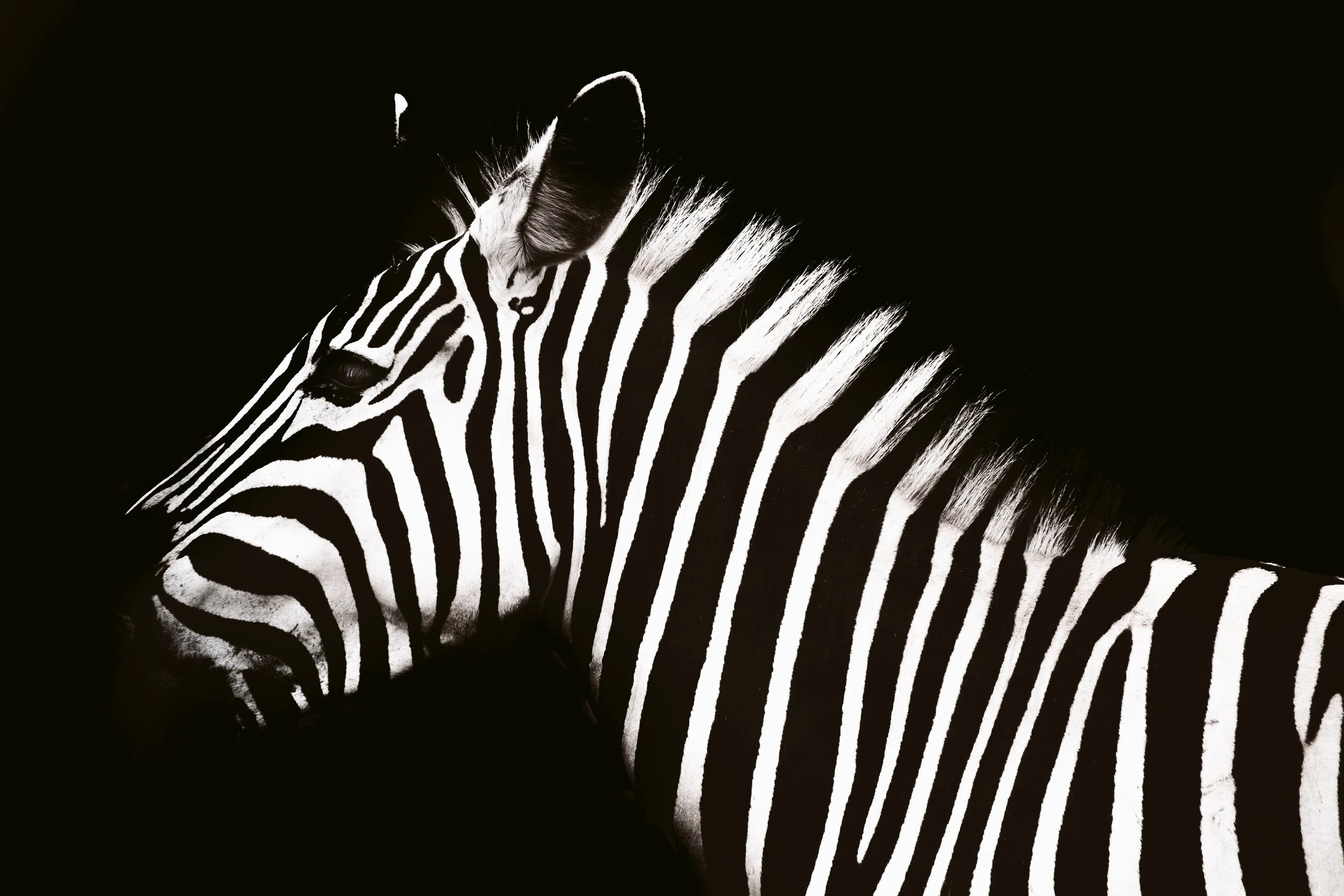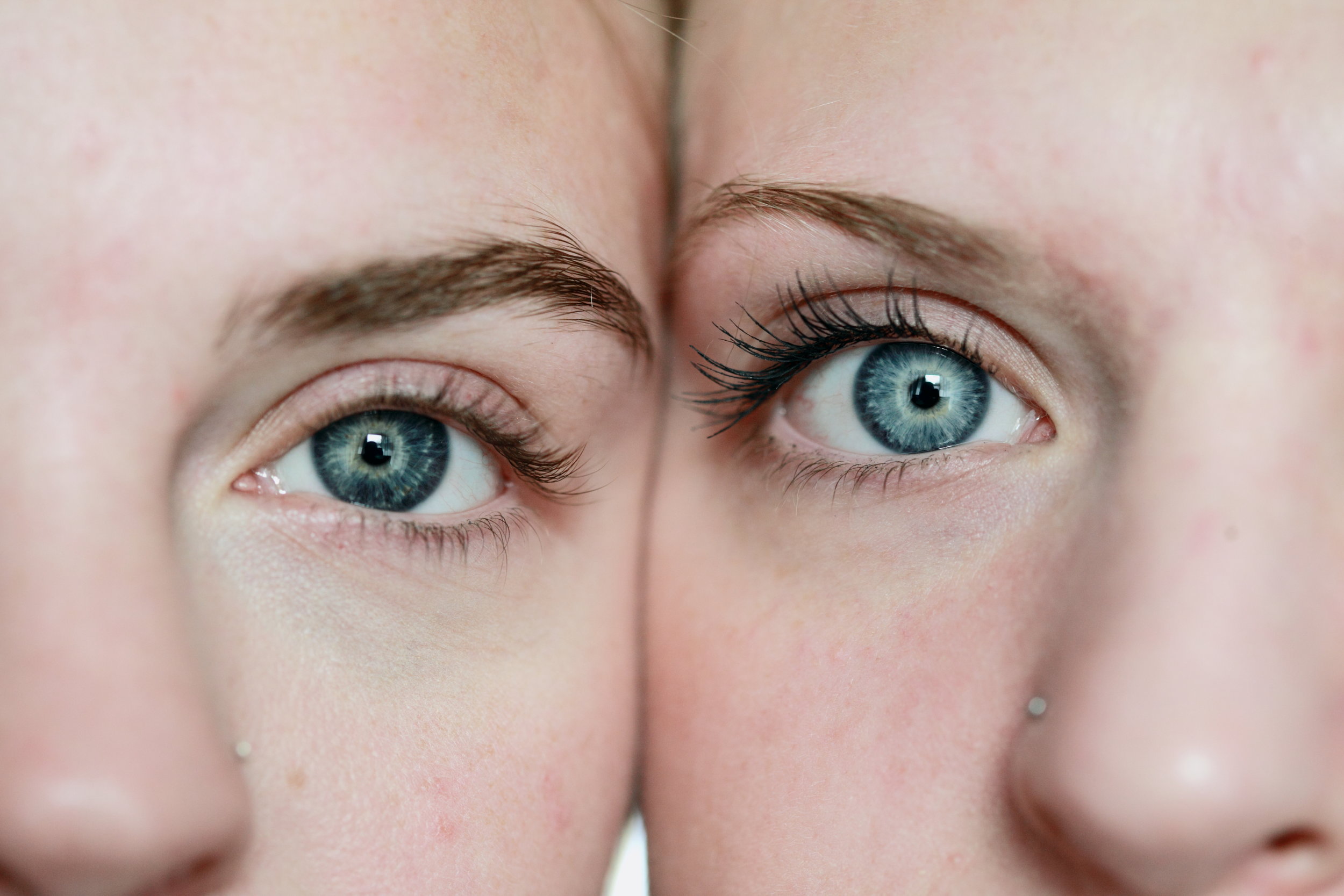Did you know that 80% of learning occurs though vision? Myopia shouldn't be allowed to jeopardise our children’s’ development. Read about the Essilor Stellest lenses- the latest in spectacle lens technology which slows myopia progression.
Read MoreBLUE LIGHT
Jenna Edwards, Optometrist at Eyes of Howick discusses Blue Light and how it may affect your eyes.
Read MoreThe Latest in Myopia Prevention Research
Myopia is on the rise with the World Health Organisation estimating 50 percent of the world’s population will be myopic by 2050. Read about the latest research in myopia prevention.
Read MoreHand Sanitiser harming Children's Eyes
Who knew something as effective as hand sanitisers which help us avoid the spread of COVID-19 could be harming our children’s eyes?
Well during the COVID-19 pandemic we have all seen a rise in access to hand sanitisers at various public spaces. They are everywhere now; in shopping malls, schools, cafes and restaurants. The hand sanitisers which are automatic are frequently positioned at an average face height for a child of 3.5 years old. This creates opportunity for our children’s eyes to become exposed.
This could explain why eye health professionals are seeing an increase in alcohol-based hand sanitiser (ABHS) related ocular exposures in children, as reported by the French Poison Control Centre.
What we can take from this is while ABHS are a useful part of our armament against COVID-19, we should be careful with these agents around children. If the hand sanitiser is effective enough to kill a virus, it is effective enough to cause severe damage to the eye.
To limit the risks of ABHS induced ocular injuries parents are recommended to promote their children to wash their hands with soap and warm water, rather than alcohol-based agents. Also teaching your children how to correctly use sanitisers could help reduce the risks of ABHS related ocular exposures.
As with any chemical splash in the eye, it is recommended to irrigate the eye with water or saline and seek medical advice.
Primitive Reflexes and Vision Development
What are Primitive reflexes?
We enter this world with neonatal or primitive reflexes. With the purpose of assisting an infant to survive and thrive in their new environment, primitive reflexes are a set of involuntary movements that occur in response to certain stimuli. You will have encountered these when you were last in the presence of a newborn but may not have given them too much thought. Some examples;
Palmar or grasping reflex- a baby will make a strong and persistent grip around an object placed in their palm; with this reflex disappearing around 6 months.
Plantar reflex- when the sole of the foot is stroked the big toe will move upwards and outwards with the other toes also spreading outwards. This reflex may be present up to 2 years.
Spinal Galant reflex- within the first 4-6 months if a baby is stroked along either side of their spine, their body will turn to the same side.
Moro or startle reflex- as the name suggest, when an infant is startled, for instance, by a loud noise, the arms and legs will be thrown outward in response. This reflex usually disappears around 2 months of age, but may persist up to 6 months.
Why do we care about primitive reflexes?
While the reflexes play an important role in our adaptation to the world and in our early brain development, if a baby was to retain these reflexes the maturing of the neurological system may be delayed or disrupted. This may lead to behavioural, physical or learning difficulty as the child grows.
Vision development and primitive reflexes
The remarkable thing about primitive reflexes, is the fact they begin before the baby is even born and actually assist with the birthing process. As the baby continues to grow, they are essential for development of muscle tone and posture, head control and integration of our senses. As the baby develops further these involuntary reflexes are no longer required as they are replaced with more controlled responses as the baby ‘learns’ about the world. With timely integration of the reflexes, development of gross motor skills such as crawling, standing and walking occurs. Followed by fine motor skills of holding a pen, tying shoe laces and then the even more precise muscle control of eye movements and teaming. Thus preparing the child to have the physical ability to be able to learn to read when they start school.
Retained reflexes and behavioural optometry
If the primitive reflexes are not integrated they can get in the way of vision development and learning potential. Some examples of the effects of retained reflexes;
Spinal Galant- Poor concentration, fidgeting, decreased short term memory, attention deficit, discomfort with waistbands and sitting on a chair
Moro reflex- anxiety, emotional immaturity, impulsive, sensitive to noise and sensory overload
Tonic Labyrinth reflex- Letter reversals, difficulty sequencing, motion sickness, toe-walking
Symmetrical Tonic Neck reflex- hyperactivity, poor integration of upper and lower body
Asymmetrical tonic neck reflex- Poor co-ordination, learning disabilities, association with dyslexia
What can we do about retained primitive reflexes?
It is important to revisit the stage of development that may have been disrupted; this may entail for instance teaching a child to crawl again, or being able to ‘cross – pattern’ walk and then gradually building development to an age appropriate level. Behavioural optometrists and some occupational therapists with an interest in this area will be able to assist and create a therapy program to assist the child in maximising their potential!
When should my child have an eye test?
Most of a child’s learning is done through their eyes so there is a clear link with how well a child can see and how well they may develop either academically, socially or athletically.
Vision doesn’t just happen. In fact, when a child is born, they don’t know how to see. A child’s brain learns how to use eyes to see, just like it learns how to use legs to walk or a mouth to form words.
Vision develops from birth, right through until the age of eight. This is known as the ‘critical period’ because if a vision deficit is corrected during this time, the eye to brain pathway is still able to adapt and allow quality vision. It is crucial during this time that the two eyes see equally in order for them to learn to work together. This allows the child to develop good binocular or 3D vision.
Unfortunately, the longer a vision problem goes untreated, the more a child’s brain learns to accommodate that problem. For example, if one eye has blurred vision, this eye will become amblyopic or lazy- this means it will never see as well as the other eye regardless of glasses, contact lenses or surgery in their later years.
The good news is that the majority of vision impairment in school age children is due to them simply needing a pair of glasses to correct a defocus of one or both eyes.
Preschool kiwi kids receive a free vision screening as part of their 4 year old B4 School Check (B4SC). This entails checking distance vision and comparing the results to an expected normal level. This can be particularly useful in detecting myopia or short-sight. However, it has been postulated for some time, that kids with hyperopia or long-sight may well go undetected. Long-sighted children can often compensate for their refractive error by focusing hard to achieve clear vision, however, this can result in reduced comfort and performance with near tasks.
The recent Welcome to School (WTS) was employed in Auckland to test the efficacy of the B4SC to detect refractive error and visual impairment by following a group of 6-7 year old children.
Results showed the B4SC was effective at detecting all children with amblyopic risk factors, ( for example, one eye having reduced vision), however, the vision screening was shown to be ineffective at detecting significant refractive error with nearly 60% of kids in this category passing the screening! Furthermore, having passed the test, none of these children had visited an optometrist for an eye exam and therefore, they were not wearing glasses to correct their focusing error.
As an optometrist, I understand that children with uncorrected vision conditions or eye health problems face many barriers in life. High quality eye care can break down these barriers and help enable our children to reach their highest potential. For this reason it is never too early to have their vision and eyes assessed. In fact, the New Zealand Association of Optometrists recommends that children have their eyes examined:
• At 6 to 12 months old
• At 2 to 3 years of age
• Before starting school
• Through their school years as indicated by vision screening, school performance or as recommended by your GP or optometrist.
It is particularly important for children to be tested at a young age if either of his/her parents required glasses as a child or teenager.
An eye exam is tailored to your child and their age and most kids really enjoy it – parents often comment they are surprised at how well their child has managed all the different vision checks.
If you have any queries regarding your child’s vision don’t hesitate to contact me through our website or Facebook page. Or simply contact us to arrange an appointment.
Mind that child
The Early Years Last Forever- Kristine Jensen Owner- Optometrist of Eyes of Howick talks about neurodevelopment of babies and children.
Read MorePattern Glare- are you affected?
Pattern glare and visual snow are conditions that I have only recently learnt about. Read on to see if you or your loved ones are affected….
Read MoreHelp your child see 2020- now and into the future.
Learn what you can do to reduce your child’s risk of becoming myopic.
Read MoreDouble Trouble
Diplopia, or double vision, is the experience of seeing two images of the same object at once. While diplopia is relatively uncommon, if you suddenly experience double images when your eyes normally work well together, it is important to take this seriously and be assessed by an optometrist or ophthalmologist as soon as possible
Read MoreSunscreen for your eyes
Don’t forget about your eyes when it comes to protecting yourself from the summer sun….
Read MoreItchy Eyes
Springtime and summer are renowned for being a time of allergy for those susceptible. It is a busy time for us Optometrists, helping our patients to manage their eye allergy symptoms…….
Read MoreMyopia Control
Learn about the latest evidence for Myopia Control in Children.
Read MoreDo I need a Behavioural Optometrist?
Heard about behavioural optometry but not sure what it is. Read on to learn if this is a good option for you or your family….
Read Moremyopia- what we know.
Does your child have myopia or be at risk of developing it? It helps to know there are things you can do to mitigate the risk and reduce progression.
Read More










